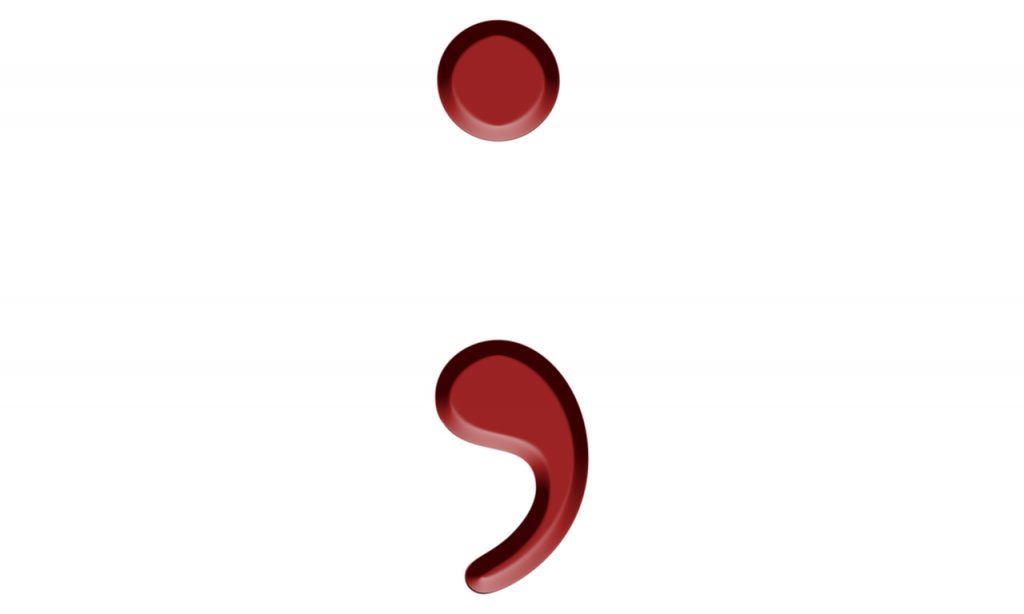Semicolons - the most misunderstood punctuation mark

Confusion is common
If you don’t know how to use a semicolon, you’re not alone. Love them or hate them, some writers regularly confuse semicolons with commas, most likely because they’ve never been taught the correct usage.
The wonderful (I love its elegant little tail) semicolon has only three distinct uses. Once you’ve grasped these three concepts, you’ll find them much easier to use correctly.
Three ways to use a semicolon
1. Join two closely related independent clauses.
Note: An independent clause is a sentence that can stand alone. It’s sometimes called a main clause.
Correct: Kelly loves to eat pickles; she enjoys their salty, tangy taste.
These are two independent clauses with their own subjects and verbs. Each clause could stand alone if you decided to use a full stop instead.
Incorrect: Kelly loves to eat pickles; their salty, tangy taste.
This is an independent clause followed by a phrase. The phrase ‘their salty, tangy taste’ is acting as a noun phrase, so you might ask ‘What are you saying about their salty, tangy taste?’
Correct: For Joe, jogging had long ago lost its appeal; his waistline now paid the price.
Here we have two independent clauses. Each can stand on its own. Perfect!
Incorrect: For Joe, jogging had long ago lost its appeal; his waistline now paying the price.
Here, we have an independent clause followed by a subordinate clause, which has a subject and finite verb phrase (paying the price), but again it doesn’t make any sense without being attached to its independent clause.
A simple fix would be to add a comma and conjunction as follows:
Correct: For Joe, jogging had long ago lost its appeal, so his waistline now paid the price.
2. Join two independent clauses with a conjunctive adverb.
- I said I wasn’t going to do the test; however, I relented and did it anyway.
- Dave was always missing practice; consequently, he was put on notice.
- You can usually depend on the timetable; nevertheless, there will be exceptions.
*Note: Conjunctive adverbs are always followed by a comma.
3. Clarify a complex list with internal punctuation.
To avoid confusion, a semicolon helps to separate items that carry their own punctuation.
Correct: Mary went shopping and bought a blue tote bag; a bright-orange, square beach towel; a pair of sandals, which gave her a blister; and two pairs of funky sunglasses, each with a different design.
As you can see, some items within the list carry their own punctuation:
- A bright-orange, square beach towel
- A pair of sandals, which gave her a blister
- two pairs of funky sunglasses, each with a different design
Incorrect: Mary went shopping and bought a blue tote bag; a bright-orange bag; a beach towel; a pair of sandals; and two pairs of funky sunglasses.
In this example, commas would be a better choice of punctuation.
Note: when using semicolons to separate complex lists, the last item always has a semicolon and an ‘and’.